In today’s rapidly evolving digital workplace, the way we build and scale teams has fundamentally changed. Staff augmentation, the strategic addition of external talent to internal teams, has emerged as a powerful solution for companies aiming to stay agile, competitive, and resilient. But here’s the truth: no matter how talented your new team members are, success hinges on one critical step: onboarding.
Done right, staff augmentation onboarding sets the tone for collaboration, productivity, and long-term value. Done poorly, it leads to confusion, delays, and cultural disconnects. For remote and hybrid teams especially, seamless integration isn’t just nice to have. It’s mission-critical.
The Challenges: Where Onboarding Often Goes Wrong
Remote team integration is uniquely complex. When augmented staff are onboarded without clarity, consistency, or connection, they often:
Struggle to understand company expectations
Feel isolated from in-house teams
Experience delays due to missing tools or unclear roles
Operate in silos, impacting overall productivity
This misalignment doesn’t stem from lack of effort, but from outdated or ad-hoc onboarding approaches that haven’t caught up with the realities of a hybrid workforce. To move past these pitfalls, companies need a structured yet flexible talent onboarding strategy built for distributed collaboration.
The Framework: A Modern Strategy for Success
1. Pre-Onboarding Alignment
Onboarding should begin before day one. Here’s what that looks like:
Define responsibilities: Ensure every team member (internal and external) knows who does what.
Prep access and tools: From Slack invites to GitHub repos, make sure everything is ready before your new hire logs in.
Set the narrative: Share the “why” behind the hire, what gap they’re filling and how they contribute to the bigger picture.
This kind of proactive planning fosters clarity and speeds up integration.
2. Culture Immersion and Communication Tools
Culture isn’t just office decor or Friday pizza nights. It’s how teams make decisions, resolve conflict, and celebrate wins. Your augmented staff need more than just task lists. They need context.
Introduce them to key stakeholders and team rituals
Use async communication tools (like Loom, Notion, Slack) to maintain transparency
Assign a cultural buddy or team mentor
The goal is to help them feel like contributors, not outsiders.
3. Clear Roles, Documentation, and Feedback Loops
A hybrid workforce thrives on clarity. Define:
Job scope and KPIs
Team workflows (with visuals, if possible)
Meeting cadences and reporting structures
Don’t wait for problems to arise. Establish regular feedback check-ins early on. Whether it’s a weekly sync or a bi-weekly pulse check, this two-way communication builds trust and reduces churn.
4. Ongoing Support and Performance Tracking
The first few weeks set the tone, but sustained support makes the difference. Keep these in place:
30-60-90 day onboarding plans
Skill-building opportunities (learning portals, mentorship)
Transparent performance metrics tailored to the augmented staff’s role
This shows that remote contributors aren’t short-term fillers. They’re an invested part of the team.
Real-World Tips: Human-First Practices for Trust and Collaboration
Imagine onboarding a developer in Ukraine while your core team operates from Bengaluru. Time zones, language nuances, and cultural gaps are real. Here’s how teams make it work:
Record team meetings so no one misses context
Send welcome kits (virtual or physical) to show appreciation
Celebrate small wins together on digital channels
Avoid assumptions about working styles. Discuss them upfront.
Trust isn’t built overnight. But consistent human-first interactions turn contractors into collaborators.
Conclusion: Great Onboarding Fuels Great Outcomes
When companies invest in structured and thoughtful staff augmentation onboarding, the benefits ripple across every project. Team morale improves. Deliverables stay on track. New talent contributes faster.
In the world of remote team integration and hybrid workforce models, onboarding is no longer a checkl.ist item. It’s a strategic differentiator.
So as you bring in augmented talent to meet deadlines, scale projects, or bridge skill gaps, remember: people don’t just join companies. They join cultures. Build a framework that welcomes them, supports them, and integrates them fully. Your team’s performance depends on it.











